Ικανότητα της γυναίκας για ορκοδοσία στην ελληνιστική και ρωμαϊκή Αίγυπτο
Ενότητα:
Μελέτες Ιστορίας Δικαίου
Τίτλος μελέτης
Ικανότητα της γυναίκας για ορκοδοσία στην ελληνιστική και ρωμαϊκή Αίγυπτο
Γλώσσα: Ελληνικά, Νέα (1453-)
Τίτλος εντύπου
Επετηρίς του Κέντρου Ερεύνης της Ιστορίας του Ελληνικού Δικαίου
Γλώσσα: Ελληνικά, Νέα (1453-)
Αριθμός τόμου
45
Είδος εντύπου
Επετηρίδα
Έτος έκδοσης
2014 - 2015
Περισσότερα...
Συγγραφέας/ Εκδότης
Καραμπάτσου , Ελένη
Αριθμός σελίδων
59-90
Γλώσσα
Αγγλικά
Περίληψη
E. KARABATSOU: Capacity of Women to Take an Oath in Hellenistic and Roman Egypt Women in Ptolemaic Egypt were capable of taking a religious oath (presumably of Egyptian origin) in order to deny or confirm the existence of a loan [P.Ent. 45 (222 B.C.); O.Bodl. I 273 (150/139 B.C.)]. They were also capable of confirming the undertaking of a contractual obligation by giving the royal oath, the latter consisting of a written statement (“cheirografia”) of oath in the name of the king and the royal family as well as their ancestors, which gradually became the prevalent type of oath in Hellenistic Egypt [P.Ent. 26 (221 B.C.); P.Mert. II 59 (154/143 B.C.). The presence of the woman’s guardian (“kyrios") is attested only in P.Mert. II 59 (154/143 B.C.). copy of a decision of the court of chrêmatistai validating a synchôrêsis, i.e. an out of court compromise between the litigant spouses. This compromise had been attained by the mutual exchange of homologia documents confirmed by royal oath. We can only suppose the presence of the woman’s guardian (“kyrios") in the declaration upon the royal oath as well, because of the compromising character that the homologia document held for the wife (resignation of fundamental rights deriving from the marital instrument). An extremely unusual "matrimonial oath" is attested in PSI I 64 (possibly of the Ist cent. A.D.). After the Roman conquest of Egypt the royal oath takes the form of imperial oath. During the first three centuries A.D. women are attested to take a judicial oath with or without a guardian [P.Oxy. I 37 = M.Chr. 79 = C.Pap.Gr. I 19 (49 A.D.); P.Mil.Vogl. I 25 (127 A.D.); BGU III 891r (144 A.D.)]. They are also attested to undertake a contractual obligation in the form of declaration upon oath in front of the agoranômoi [P.Oxy. II 263 (77 A.D.)] as well as to make various declarations upon oath in front of public authorities [P.Oxy. II 255 = W.Chr. 201 (48 A.D.); P.Oxy. I 73 (94 A.D.); BGU II 619 (155 A.D.); BGU IV 1032 (173 A.D.); P.Amh. II 75 (161/168 A.D.); P.Oxy. LXXIV 4994 (254 A.D.); P.Lond. Ill 936 (217 A.D.); P.Oxy. I 77 (223 A.D.); P. Bad. II 42 (224 A.D.); P.Lips. I 9 = M.Clir. 211 = P.Oxy. IV 715 (233 A.D.)]. For the period preceding the Constitutio Antoniniana (212 A.I).) the presence of the woman’s guardian (“kyrios") in documents implying the imperial oath seems to follow the pre-existing Hellenistic pattern: in general terms it depends upon the form of the document (the guardian is attested in the majority of the agoranômoi documents) as well as upon the undertaking of an actionable obligation or making a declaration in front of public authorities, which entails severe responsibility on the woman's part. After the Edict of Caracalla the presence of the woman’s kyrios in documents implying the imperial oath becomes less frequent, often being substituted by that of a (non - technical) symparôn or synestôs.
Θεματική ενότητα
Δίκαιο της ελληνορωμαϊκής αρχαιότητας-Ποινικό Δίκαιο-Ουσιαστικό δίκαιο
Δίκαιο της ελληνορωμαϊκής αρχαιότητας-Αστικό δίκαιο-Δικονομικό
Δίκαιο της ελληνορωμαϊκής αρχαιότητας-Αστικό δίκαιο-Γενικές Αρχές
Δίκαιο της ελληνορωμαϊκής αρχαιότητας-Αστικό δίκαιο-Οικογενειακό δίκαιο
Λέξεις-κλειδιά, συναφείς ἠ αναφερόμενες νομικές πηγές
Λέξεις-κλειδιά: Δικαιοπρακτική ικανότητα των γυναικών, Επιτροπεία γυναικών («κυριεία»), Ικανότητα των γυναικών για ορκοδοσία, Τύπος του όρκου, Επακτός όρκος, Θρησκευτικός όρκος, Βασιλικός όρκος, Αυτοκρατορικός όρκος, Δικαστικός όρκος. Key-words: Juridic capacity of women, Guardianship of women («kyrieia»), Capacity of women to take an oath, Form (type) of the oath, To put somebody under oath, Religious oath, Royal oath, Imperial oath, Judicial oath.
Creative Commons
Αναφορά Δημιουργού - Μη Εμπορική Χρήση - Παρόμοια Διανομή 4.0 Διεθνές - CC BY-NC-SA

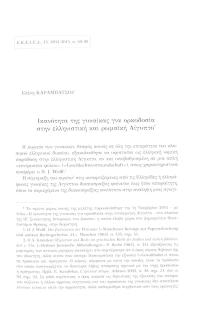

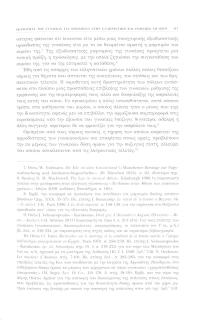

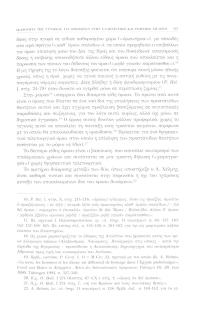
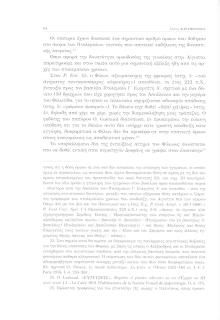
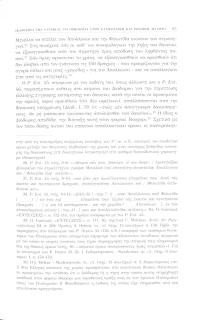
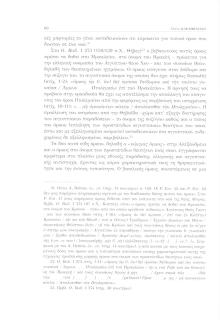
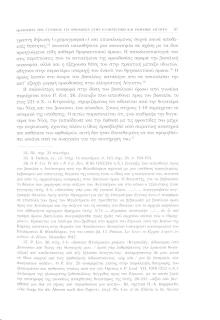
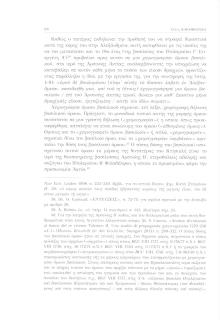
 Ξεφύλλισμα pdf
Ξεφύλλισμα pdf